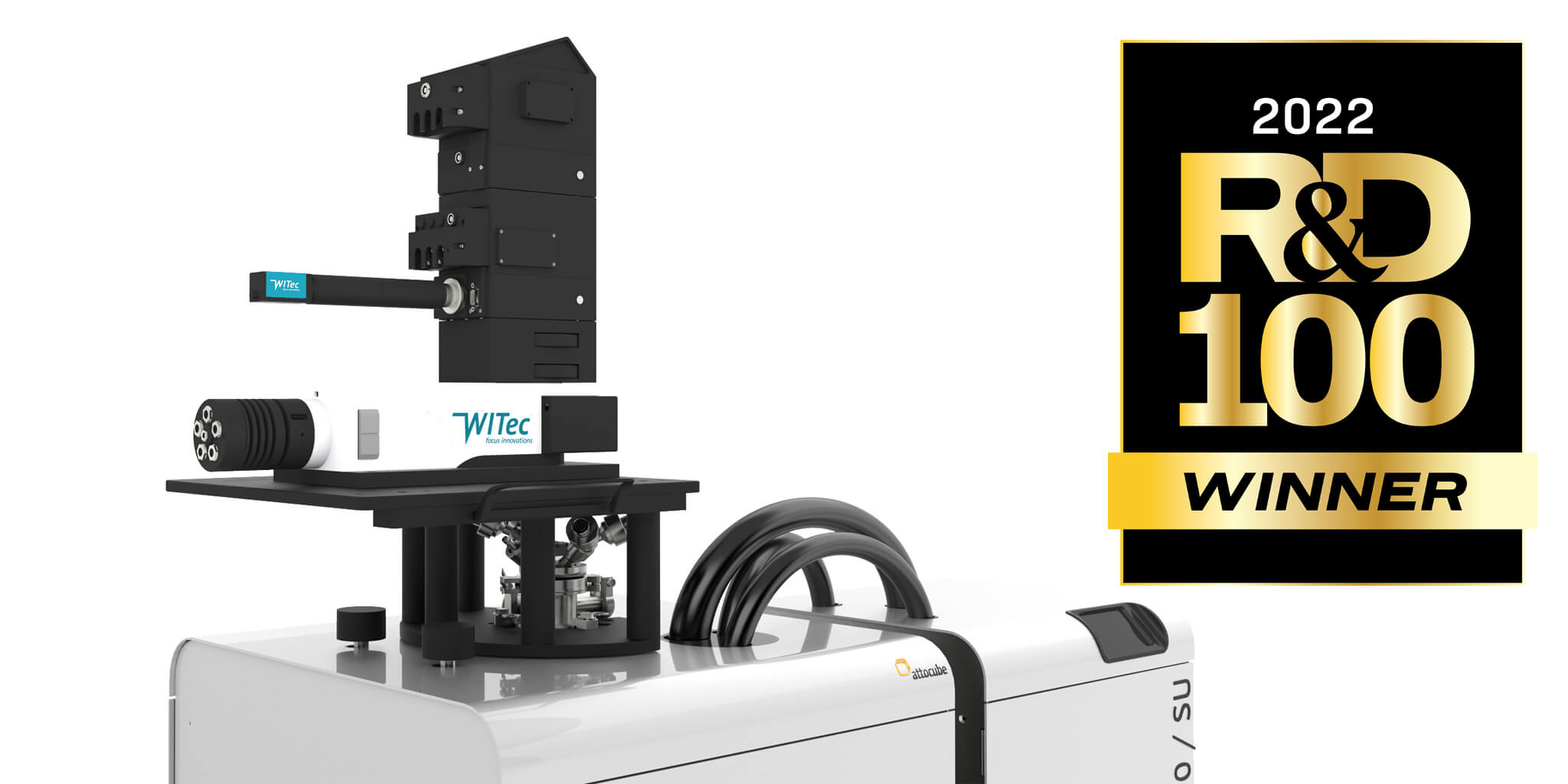
Interest in Raman spectroscopy at room temperature, as well as at cryogenic temperatures, has been increasing across a range of scientific fields over the past two decades [1,2,3]. Initially, the primary driver of cryogenic applications was the carbon nanotubes and graphene community [4,5,6]. As a response to the needs of these researchers, attocube systems and WITec – world leaders in their respective specialties of cryogenic scanning probe microscopy and Raman spectroscopic imaging – teamed up in 2010 to develop attoRAMAN, the world´s first commercial cryogenic Raman microscope.
In the meantime, cryogenic Raman spectroscopy in high magnetic fields has become an indispensable tool for studying various novel materials, in particular for researchers focused on phase-transitions or emergent properties of low-dimensional materials with application potential in electronics or sensorics. A recent surge in the number of published cryogenic Raman studies is dominated by research on transition metal dichalcogenides and van der Waals heterostructures [7,8,9,10,11]. In order to meet evolving market requirements, the two southern German companies combined their expertise once again to create cryoRaman - the cutting-edge solution for cryogenic Raman spectroscopy.





